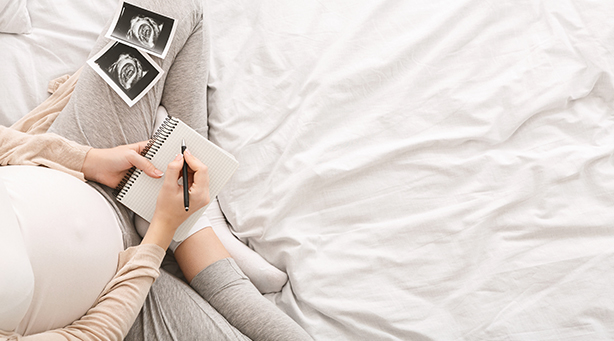Procedures
Ovarian cysts
Overview
Ovarian cysts are fluid-filled sacs or pockets which develop in an ovary or on its surface. They are common and normally develop during ovulation. Ovulation occurs when one of the ovaries releases an egg each month. The size of ovarian cysts may range from as small as a pea to larger than an orange. Ovarian cysts may develop due to the follicle not breaking to release an egg during your menstrual cycle. This then results in the fluid inside the follicle forming a cyst in the ovary.
What are the symptoms of an ovarian cyst?
In some cases, ovarian cysts don’t cause any symptoms, but they may appear when the cyst grows. Signs and symptoms may include:
- Abdominal bloating or swelling
- Painful bowel movements
- Pelvic pain before or during your menstrual cycle
- Pain during intercourse
- Pain in the lower back or thighs
- Tender breasts
- Vomiting and nausea
Seek immediate medical attention if you experience severe ovarian cyst symptoms which include severe or sharp pelvic pain, fever, rapid breathing, faintness or dizziness. These symptoms may also indicate a ruptured cyst or an ovarian torsion, which may lead to serious consequences if left untreated.
How are ovarian cysts treated?
Ovarian cyst treatment depends entirely on your age, the type and size of the cyst, and the symptoms you are experiencing. Dr Hlabisa may recommend the following:
- Watching and waiting - this observation procedure is recommended if the ovarian cyst is small and you are not yet in the menopause phase.
- Birth control pills – these are prescribed to reduce the risk of ovarian cysts from developing in future menstrual cycles.
- Surgery – this is the last resort and is recommended if there are symptoms, the ovarian cyst is large and still growing, or the cyst persists through 2 to 3 menstrual cycles. There are 2 types of procedures that may be performed, namely:
- Laparoscopy or keyhole surgery – this procedure involves Dr Hlabisa using surgical instruments to remove the cyst through a small incision. You may go home the same day after the procedure and recovery time is relatively short.
- Laparotomy – this procedure involves the surgeon making a long incision on your abdomen to remove the cyst. This is done if the cyst is cancerous




